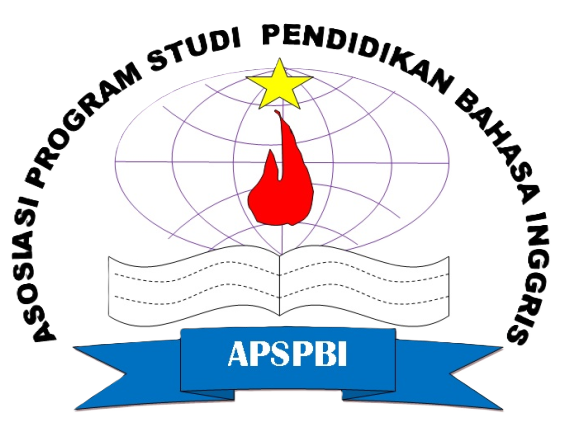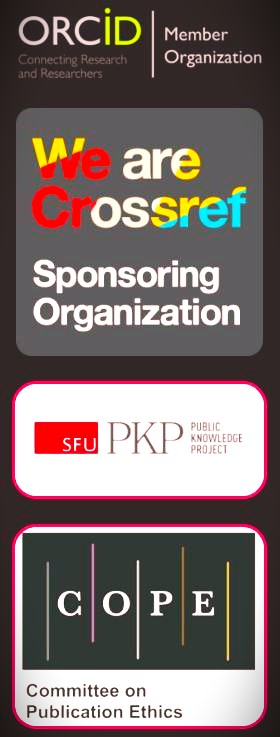THE EFFECTIVENESS OF STUDENT TEAM ACHIEVEMENT DIVISION (STAD) ON ENGLISH LEARNING OUTCOMES AND STUDENT LEARNING MOTIVATION
DOI: https://doi.org/10.26618/exposure.v12i2.12708
Learning Method, STAD, Learning Outcomes, Learning Motivation
Abstract
In this research, Students in the English Education Study Program's eighth semester in 2023/2024 at Nahdlatul Ulama Sunan Giri Bojonegoro will analyze the Student Team Achievement Division (STAD) learning method in order to assess its effects on learning outcomes and student learning motivation. The effect of the STAD method was thoroughly described in this research using a quantitative approach. In this research, 66 students from class X during the academic year 2023–2024 formed into two classes: the experimental class and the control class. Students in the research sample class post-test scores significantly outperformed those in the control class, the research findings showed that the alternative hypothesis (Ha) was accepted. Learning outcomes for students varied both before and after treatment. The experimental class average post-test score was 76.69, while the comparison group's average post-test score was 57.30. Significant (2-tailed) One Way ANOVA post-test values are less than 0.05 or 0.000 0.05. The researcher calculated eta squared to be (0.63 using the effect size statistics using eta squared. A moderate effect size is indicated by the value from eta squared. The average post-test score for the experimental group was 37.79, while the average post-test score for the comparison group was 29.41. showing a considerable improvement in the students' willingness to study. Significant (2-tailed) One Way ANOVA values are less than 0.05 or 0.000 0.05. The researcher discovered from the effect size statistics using eta squared
References
Azizah Arisman, A. P. (2015). Penerapan pembelajaran kooperatif tipe stad berorientasi keterampilan proses. 7(2), 182–184.
byslina maduwu, s. pd. (2016). PENTINGNYA PEMBELAJARAN BAHASA INGGRIS DI SEKOLAH Oleh. Jurnal Warta, 50. file:///Users/andreataquez/Downloads/guia-plan-de-mejora-institucional.pdf%0Ahttp://salud.tabasco.gob.mx/content/revista%0Ahttp://www.revistaalad.com/pdfs/Guias_ALAD_11_Nov_2013.pdf%0Ahttp://dx.doi.org/10.15446/revfacmed.v66n3.60060.%0Ahttp://www.cenetec.
Creswell, J. W. (2014). Fourth Edition Research Design Qualitative, Quantitative, and Mix Methods Approaches. In Nucl. Phys. (Vol. 13, Issue 1).
DeLong, M., & Winter, D. (2012). Strategies for Motivating Students. Learning to Teach and Teaching to Learn Mathematics, 159–168. https://doi.org/10.5948/upo9781614443131.014
Hayatunisa, L. (2014). Student Teams Achievement Divisions (Stad) Technique in Teaching Writing Narrative Text. Journal of English and Education, 2014(1), 17–26.
Jamaludin, M., & Mokhtar, M. F. (2018). Students Team Achievement Division. International Journal of Academic Research in Business and Social Sciences, 8(2), 570–577. https://doi.org/10.6007/ijarbss/v8-i2/3966
Nasution, M. K. (2017). Penggunaan metode pembelajaran dalam peningkatan hasil belajar siswa. STUDIA DIDAKTIKA: Jurnal Ilmiah Bidang Pendidikan, 11(1), 9–16.
Pecorari, D. (2018). English as a Foreign Language (EFL) Versus English as a Second Language (ESL) Writing. The TESOL Encyclopedia of English Language Teaching, 1–6. https://doi.org/10.1002/9781118784235.eelt0507
Downloads
Published
How to Cite
Issue
Section
License
Authors who publish with this journal agree to the following terms:
In order to assure the highest standards for published articles, a peer review policy is applied. In pursue of the compliance with academic standards, all parties involved in the publishing process (the authors, the editors and the editorial board and the reviewers) agree to meet the responsibilities stated below in accordance to the Journal publication ethics and malpractice statement.
Duties of Authors:
- The author(s) warrant that the submitted article is an original work, which has not been previously published, and that they have obtained an agreement from any co-author(s) prior to the manuscript’s submission;
- The author(s) should not submit articles describing essentially the same research to more than one journal;
- The authors(s) make certain that the manuscript meets the terms of the Manuscript Submission Guideline regarding appropriate academic citation and that no copyright infringement occurs;
- The authors(s) should inform the editors about any conflict of interests and report any errors they subsequently, discover in their manuscript.
Duties of Editors and the Editorial Board:
- The editors, together with the editorial board, are responsible for deciding upon the publication or rejection of the submitted manuscripts based only on their originality, significance, and relevance to the domains of the journal;
- The editors evaluate the manuscripts compliance with academic criteria, the domains of the journal and the guidelines;
- The editors must at all times respect the confidentiality of any information pertaining to the submitted manuscripts;
- The editors assign the review of each manuscript to two reviewers chosen according to their domains of expertise. The editors must take into account any conflict of interest reported by the authors and the reviewers.
- The editors must ensure that the comments and recommendations of the reviewers are sent to the author(s) in due time and that the manuscripts are returned to the editors, who take the final decision to publish them or not.
Authors are permitted and encouraged to post online a pre-publication manuscript (but not the Publisher’s final formatted PDF version of the Work) in institutional repositories or on their Websites prior to and during the submission process, as it can lead to productive exchanges, as well as earlier and greater citation of published work (see The Effect of Open Access). Any such posting made before acceptance and publication of the Work shall be updated upon publication to include a reference to the Publisher-assigned DOI (Digital Object Identifier) and a link to the online abstract for the final published Work in the Journal.














